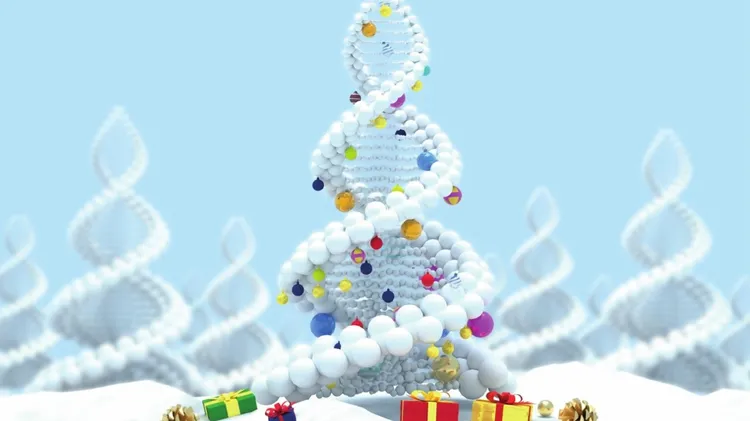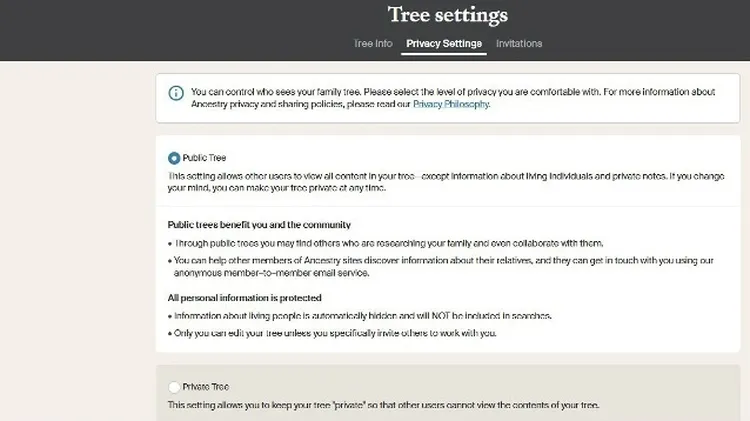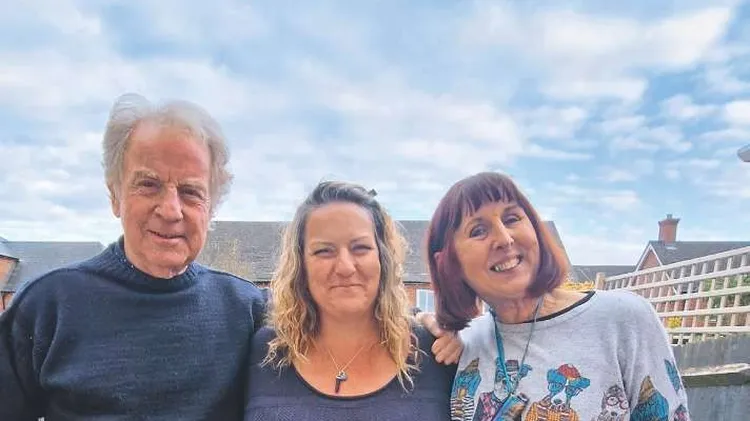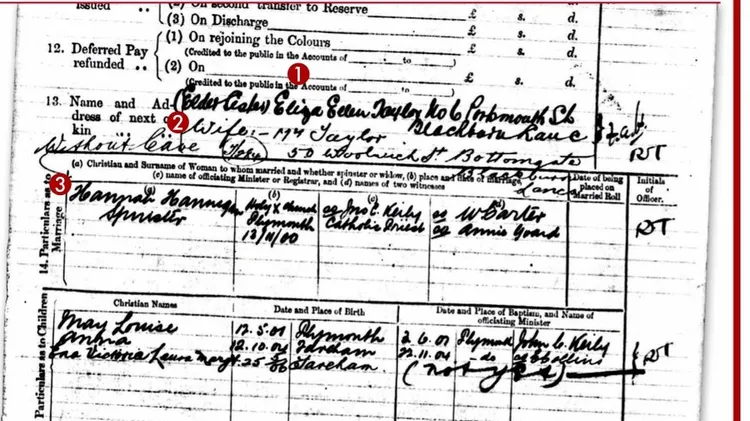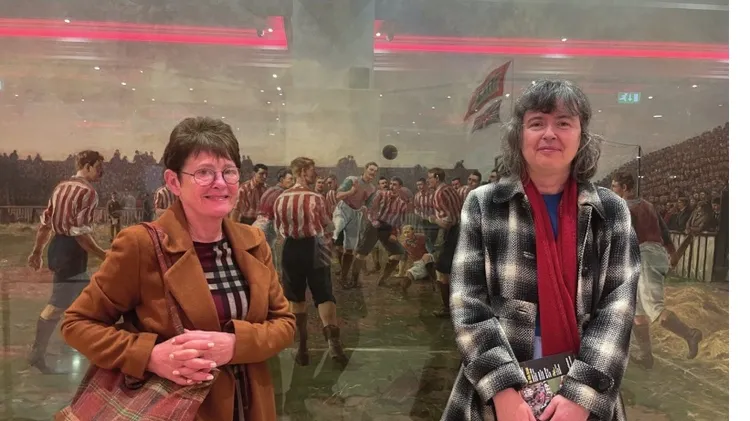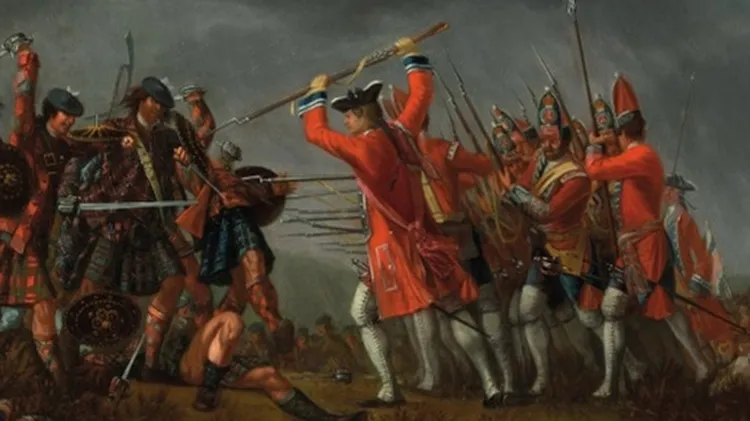Genetic genealogist Debbie Kennett explains how she used DNA testing
Break down walls with dna
9 min read
This article is from...
Read this article and 8000+ more magazines and newspapers on Readly

